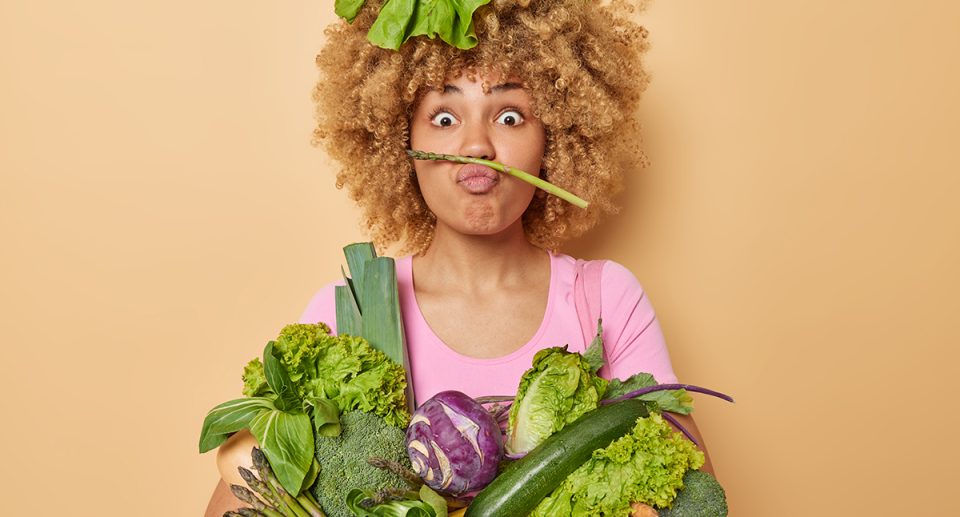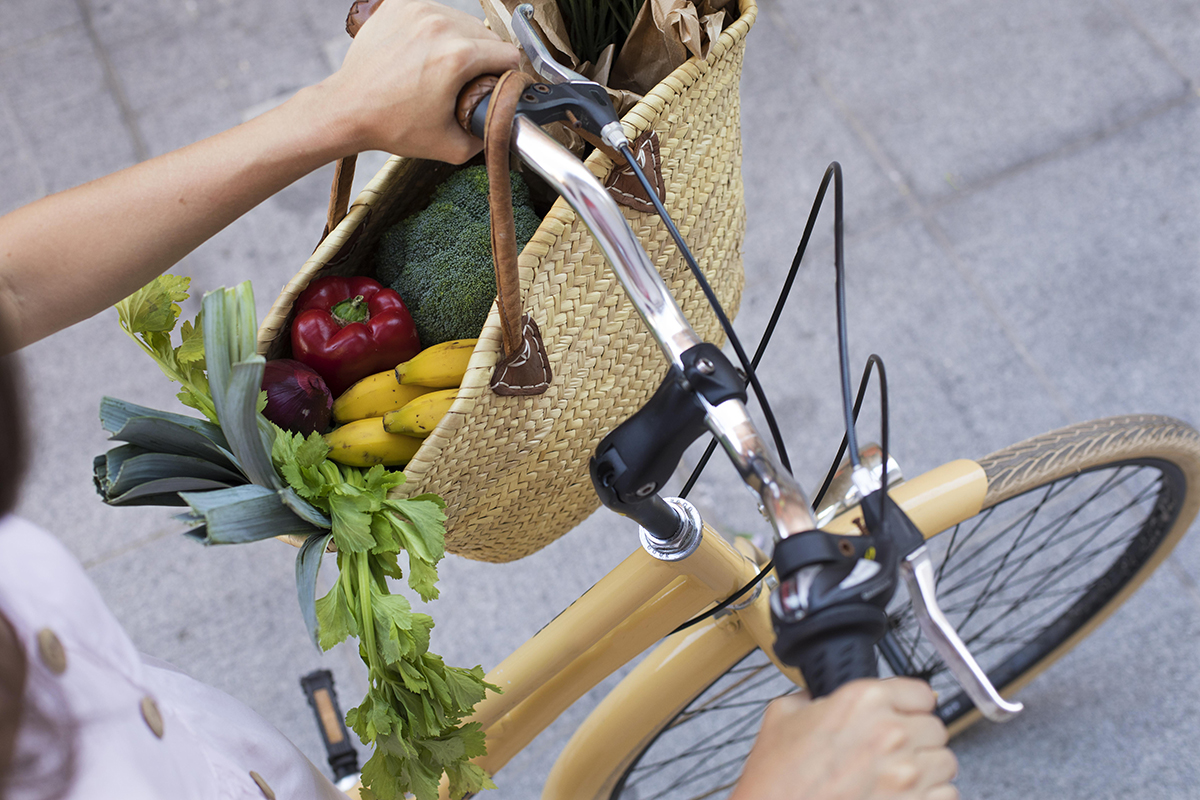Fresh is best? Exploring the consumption of canned and frozen foods
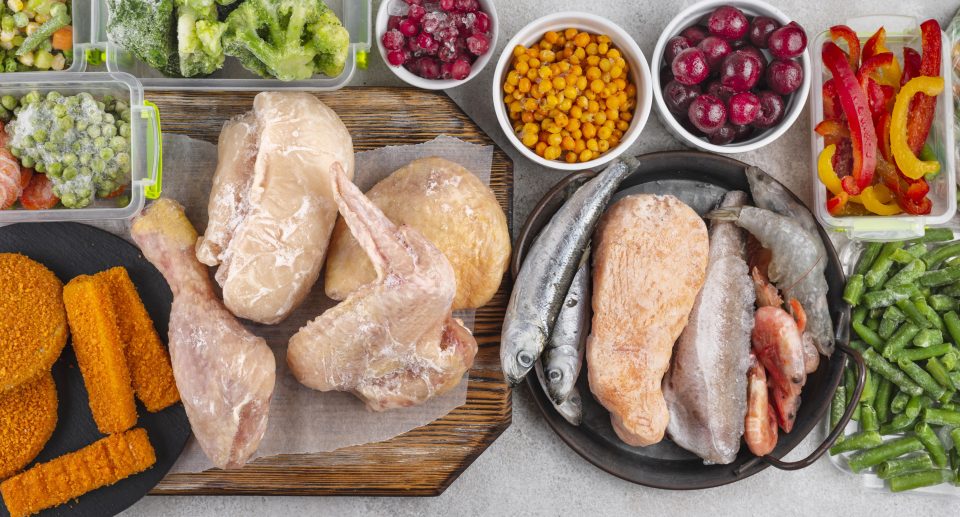
The cost-of-living crisis is impacting our spending habits, prompting many to cut back on the weekly grocery bill. This often leads to purchasing fewer fresh fruits and vegetables. This trend likely exacerbates an existing issue—many people already don’t consume enough fruits and vegetables.
International dietary guidelines recommend that individuals aged nine and older eat two servings of fruit and five servings of vegetables daily for optimal health. However, currently, few Westerners meet these recommendations.
Fruits and vegetables are essential for a healthy, balanced diet, providing a variety of vitamins, minerals, and fiber. If fresh produce is becoming too expensive, there are still ways to ensure you benefit from these food groups, and you might even find opportunities to increase your fruit and vegetable intake.
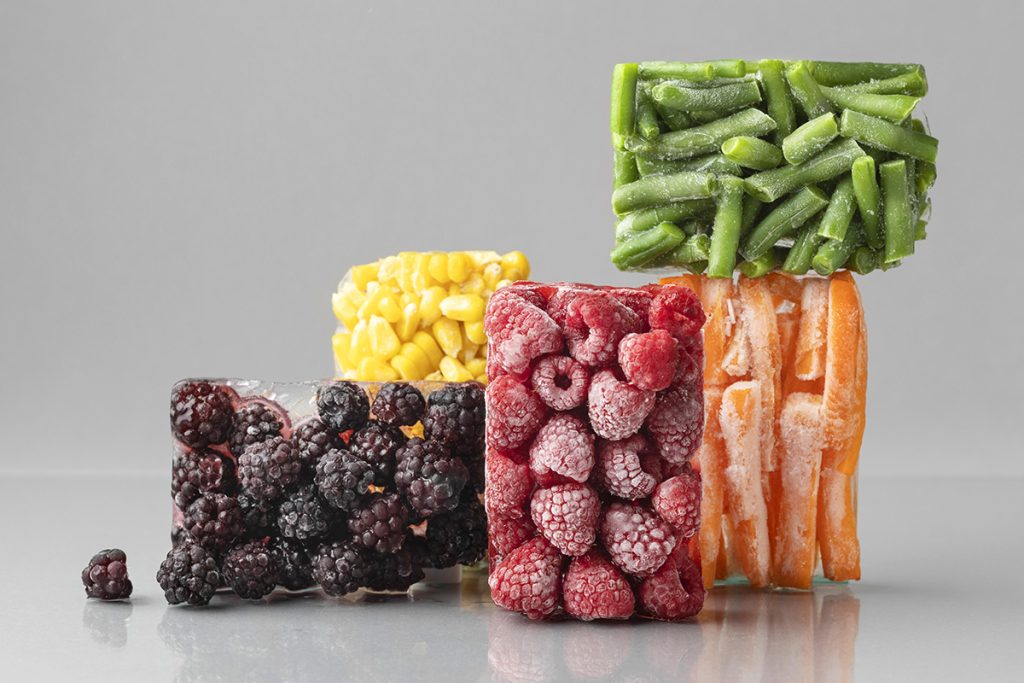
Frozen food
Fresh produce is often praised as the most nutritious option, echoing the adage ‘fresh is best.’ However, this isn’t always the case.
Nutrient levels can decline during transportation from the farm to your kitchen and while stored in your fridge. In contrast, frozen foods like vegetables are often higher in some nutrients, such as vitamins C and E, because they are snap-frozen shortly after harvest.
While transport and storage variations can have a minor impact, minerals like calcium, iron, and magnesium remain relatively stable in frozen foods compared to fresh.
Another benefit of frozen foods, such as fruits and vegetables, is the reduction of food waste, as you can use only what you need. Besides purchasing frozen foods from the supermarket, you can also freeze surplus produce from your garden or when it’s cheaper.
A quick blanching before freezing can enhance the safety and quality of the produce. This involves briefly submerging food in boiling water or steaming it for a short time.
While frozen vegetables aren’t suitable for salads, they can be roasted, steamed, or used in soups, stews, casseroles, curries, pies, and quiches. Frozen fruits can be added to breakfast dishes like cereal or yogurt, or used in cooking for fruit pies and cakes.
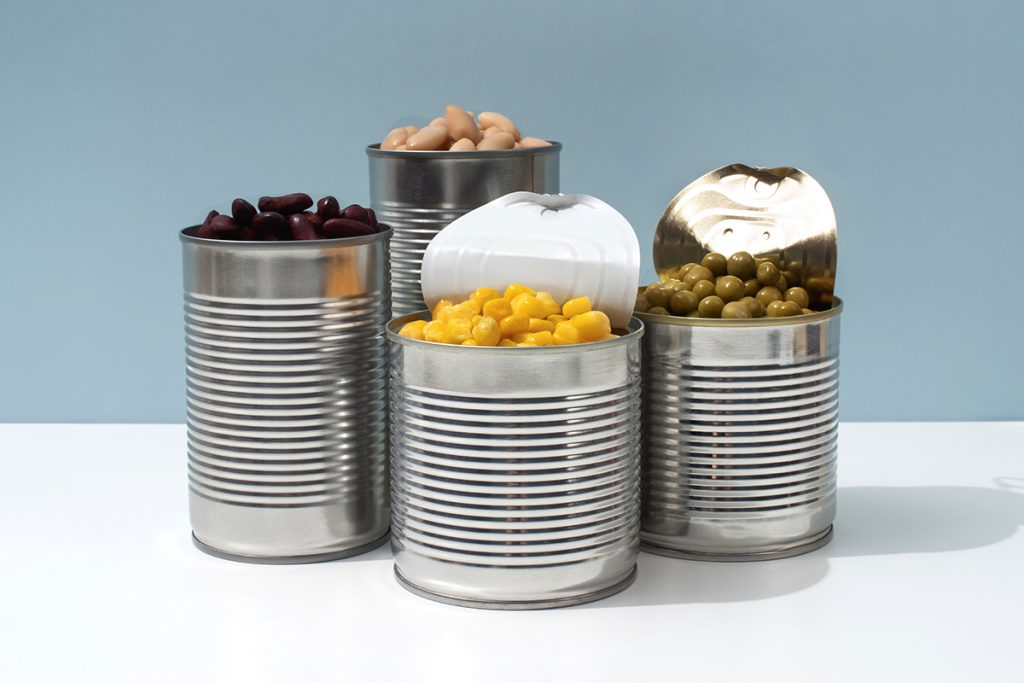
Canned food
Canned vegetables and fruits are also a more affordable alternative to fresh produce and very convenient to keep on hand. The canning process itself preserves the food, eliminating the need for added preservatives, including salt.
While the cooking involved in canning can slightly reduce levels of heat-sensitive nutrients like vitamin C compared to fresh produce, you can minimize nutrient loss by adding canned vegetables to hot dishes later in the cooking process.
To reduce waste, you can freeze any unused portions.
Fermented food
Fermentation has recently gained popularity, although it is one of the oldest methods of food processing and preservation.
This technique largely preserves the vitamins and minerals in fresh vegetables. Additionally, fermentation can enhance the nutritional profile by creating new nutrients and making existing ones more easily absorbable.
Moreover, fermented foods contain probiotics, which benefit our gut microbiome.
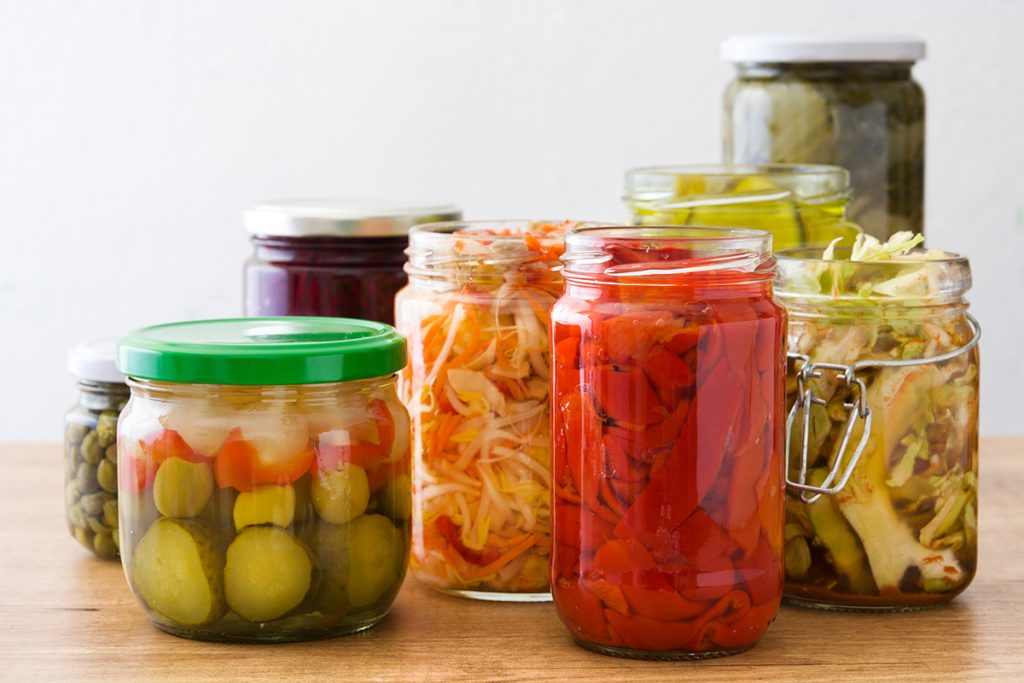
Five other tips to get more fresh produce into your diet
Here are five additional strategies to incorporate more fresh produce into your diet, even on a tight budget:
01. Opt for in-season produce. Purchasing locally grown seasonal fruits and vegetables is typically more economical than importing out-of-season produce from other countries.
02. Embrace imperfect produce. Many supermarkets now offer “ugly” fruits and vegetables, which may have cosmetic imperfections but retain the same nutritional value and taste.
03. Minimize waste. Many western individuals discard a lot of food annually, with fruits, vegetables, and bagged salads being among the most wasted items. To save money and reduce environmental impact, plan meals in advance and freeze any excess produce before it spoils.
04. Participate in swaps and sharing. Explore websites, apps, and local council initiatives that facilitate produce swaps or offer surplus fresh produce for free. Sharing resources within your community can help reduce food waste and expenses.
05. Cultivate a garden. Even with limited space, you can grow herbs, rocket, cherry tomatoes, chilies, and strawberries in pots. Over time, homegrown produce can offset some of the costs associated with buying fresh produce. Additionally, the investment of time and effort in growing your own food can foster a greater appreciation and reduce the likelihood of waste.
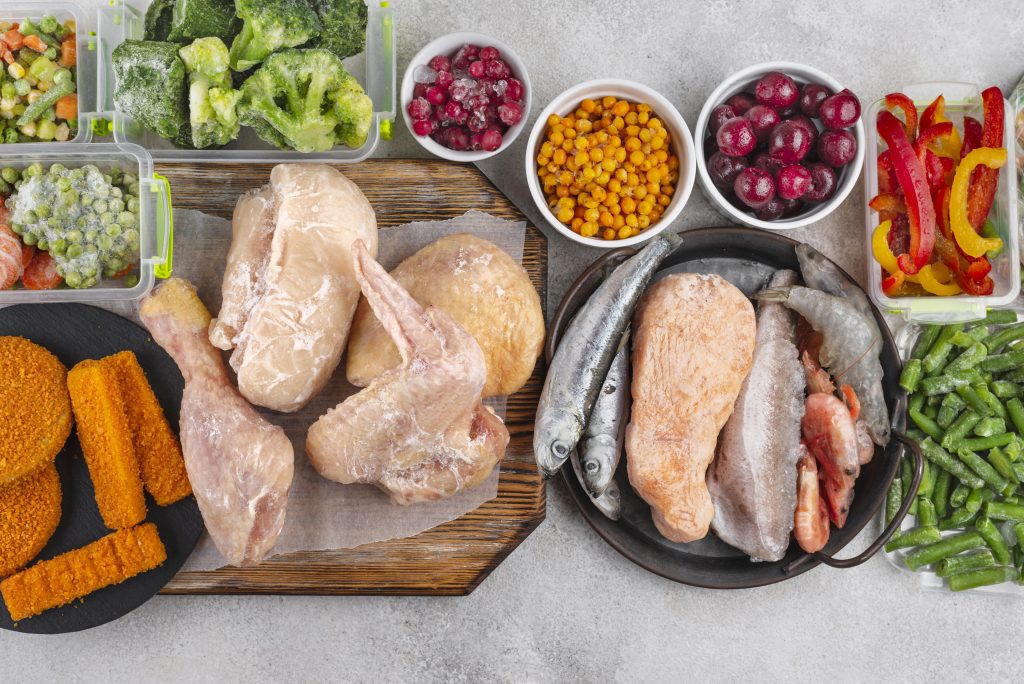
Fresh is best? Exploring the consumption of canned and frozen foods conclusion
For numerous individuals, even if fresh produce becomes cost-prohibitive, there remain methods to reap the advantages of these food categories, potentially leading to an increase in fruit and vegetable consumption.
Exploring the consumption of canned and frozen foods offers valuable insights into alternative options that can be equally nutritious and convenient. By understanding the benefits of canned and frozen foods, individuals can make informed choices that align with their budget and dietary needs, ultimately promoting overall health and well-being.





